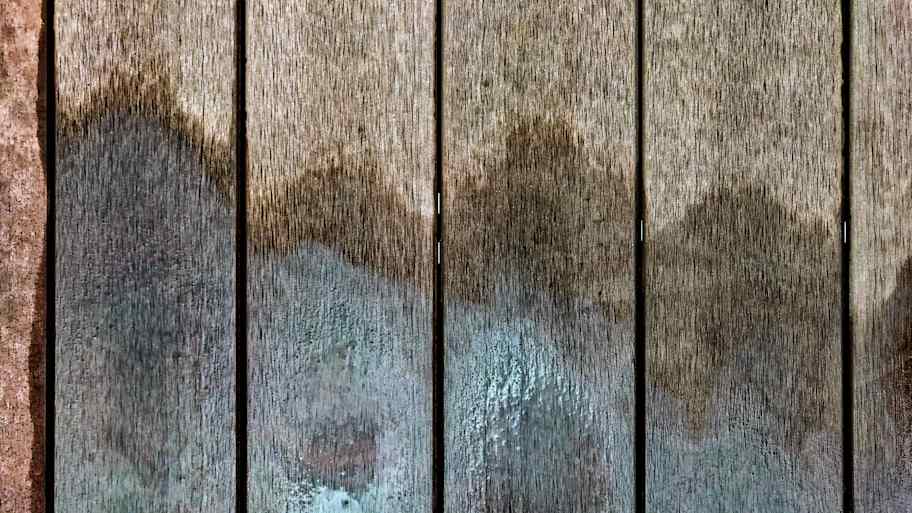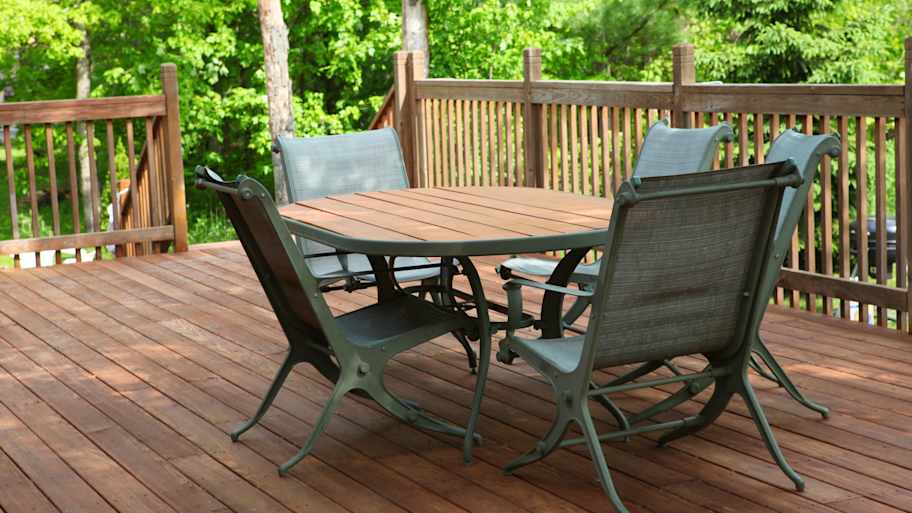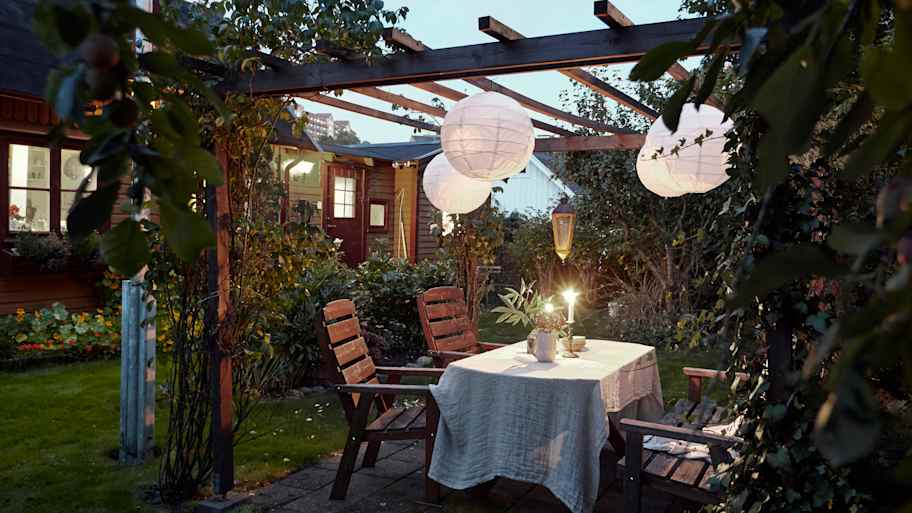
Are you wondering what factors might affect a wraparound porch’s cost? Budget for this rustic and charming addition with our cost guide.
When your deck goes goth, it’s not just a phase


Cedar is a naturally resilient decking material, but it’s not immune to the elements.
Moisture and dirt can easily discolor unsealed and unstained cedar decks.
Intense UV rays can weaken wood, leading to unsightly marks.
Cedar can react to metal, resulting in blue and black staining.
The cost to replace a deck averages around $8,245.
Cedar sets the gold standard for decking due to its good looks, durability, and natural resistance to decay. But if your once-golden deck is now sporting dark patches, you might be grappling with the mystery of why your cedar deck is turning black. The upside: Those creeping black stains aren't just an eyesore; they're clues. Here's what to know about cedar deck darkening and how to stop it.

Cedar naturally resists rot and fungi better than most types of wood, but it’s not entirely immune. Mildew and mold can develop when water sits on the surface and seeps into the wood grain, especially in shaded or humid areas. Mold and mildew thrive in damp conditions and appear as dark blotches or streaks, especially on older or untreated cedar decks.
Clean the surface with a deck cleaner formulated to remove mold and mildew—don’t use vinegar, which strips wood of its natural oils.
Use a stiff brush to scrub away black patches, following the direction of the grain.
Rinse thoroughly and allow the deck to dry for at least 48 hours.
Apply a water-repellent sealer or stain with mildew-resistant additives to prevent recurrence.
Trim nearby shrubs or trees or install a ground-level vapor barrier to improve airflow and allow your deck to dry easily.
If you don’t clean your deck regularly, dirt, pollen, grime, spills, and air pollutants can settle into the wood’s grain. Over time, this can darken the surface and make your cedar deck look tired and grimy, especially in areas with frequent rain, heavy traffic, grilling, and open fires.
Pressure wash the deck using a wide-angle nozzle to avoid damaging the wood fibers.
Use a deck cleaner or a mild wood-safe detergent to remove deep grime.
Scrub tough areas with a soft-bristle brush.
Apply a wood brightener to restore the cedar boards to their original tone.
Seal or stain the deck once dry to create a protective barrier.
Sunlight bleaches wood, often turning it gray, but it can also lead to blackening. UV rays break down lignin, a structural component of wood. As a result, the surface fibers become more porous, making it easier for mildew or grime to take root.
Use a wood brightener to neutralize gray and darkened areas.
Sand the surface lightly to remove weathered fibers and smooth the finish.
Apply a UV-blocking stain or sealant designed for cedar.
Add shade, like a pergola or awning, to protect your deck from the harsh midday sun.

Tannins are a natural component of cedar that can react with metal hardware and furniture, especially when moisture is involved. This chemical reaction creates black or bluish stains around nails, screws, furniture, and other metal pieces.
Remove the black streaks using a wood brightener containing oxalic acid, which neutralizes tannin stains.
Replace old corroded fasteners with stainless steel or coated hardware to prevent future reactions.
Seal the deck to minimize water infiltration and limit tannin leaching.
Place an outdoor rug under any metal furnishings.
Blackening doesn’t always happen all at once. Here are some early signs your cedar deck might be starting to turn:
Patches or streaks of black or dark gray, especially in corners or shaded spots
Discoloration around nails, screws, or metal fixtures and furniture
Slippery surface or greenish-black film after rain
A dingy or dull tone that doesn't improve with sweeping
Stubborn dark spots, even after light cleaning
Some deck issues are DIY-friendly, but if your cedar deck has widespread blackening, deep discoloration, or signs of rot, hire a professional deck builder. A pro can identify surface problems and underlying structural damage that might not be evident to homeowners.
An expert can also determine if you need resurfacing or a complete replacement. The cost to build a deck to replace the old one averages $8,245, so catching issues early can save you serious cash in the long run.
From average costs to expert advice, get all the answers you need to get your job done.

Are you wondering what factors might affect a wraparound porch’s cost? Budget for this rustic and charming addition with our cost guide.

Building a composite deck can increase your home’s appeal and value. Composite decking costs depend on the size of your deck, the materials, labor, and more.
Deck repair costs depend on materials, damage you need to fix, and more. See how much it costs to replace or repair a deck in Columbus, OH.

You can DIY a floating deck with the right layout, materials, and installation method. Here’s everything you need to know about how to build a floating deck.

Improve your DIY skills and create new ones by learning how to build a pergola of any kind using your knowledge of a few universal steps.

A pergola can add to your home value and yard utility. Learn about standard pergola sizes and how to choose dimensions for the most useful yard area possible.